Security – 10 Safety Rules When Working With Electricity
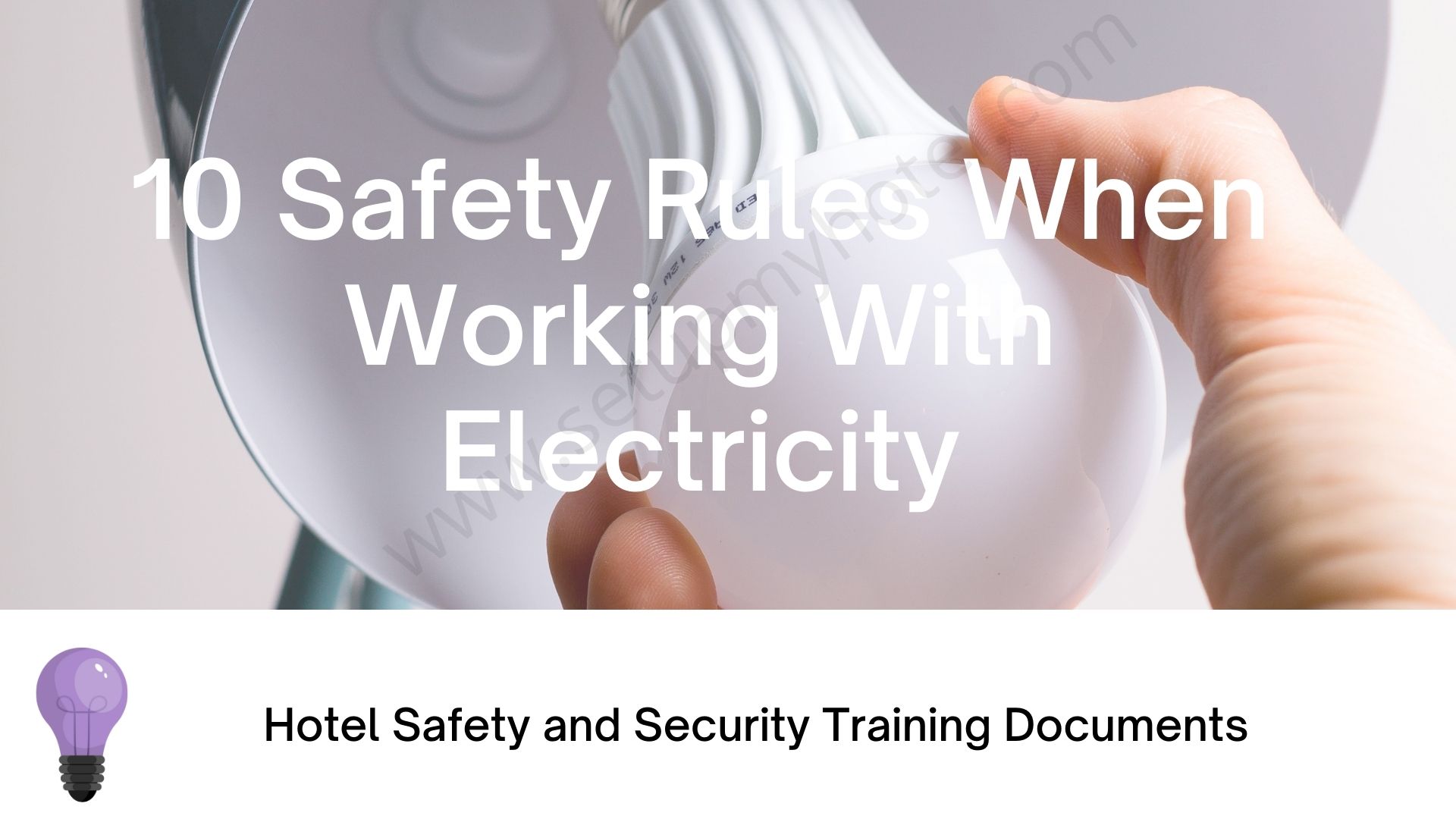
10 Safety Rules When Working With Electricity 1. When you’ve turned off a circuit breaker to work on a piece ...
Read more
SOP – Engineering – Checklist – Guest Room Preventive Maintenance
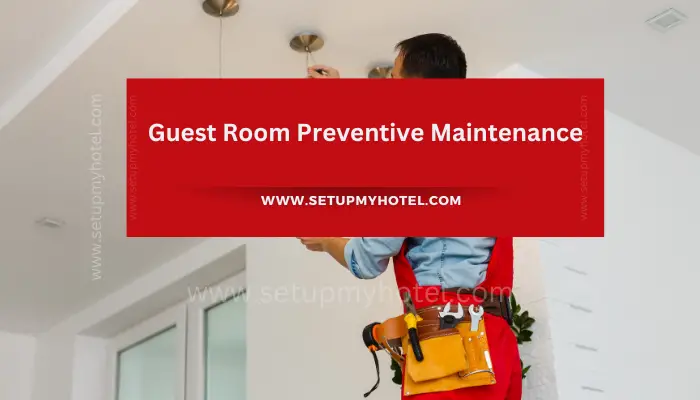
Guest Room Preventive Maintenance Preventive maintenance is essential in ensuring that hotel guest rooms are always in top condition. It ...
Read more
SOP – Engineering – Equipment Maintenance and Repair Standard
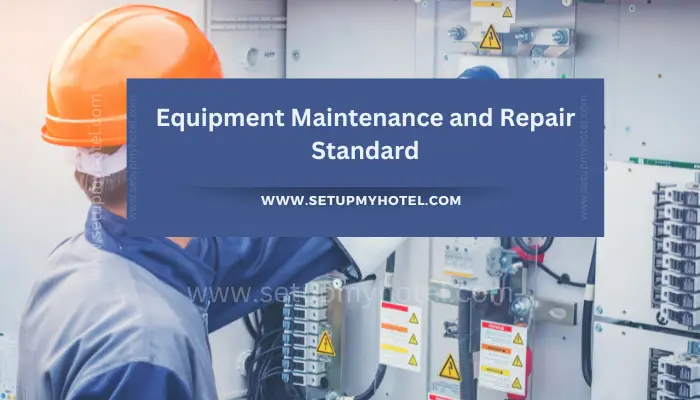
Standard Operating Procedure for Engineering – Equipment Maintenance and Repair Standard 1. Purpose: Clearly state the purpose of the Equipment ...
Read more
SOP – Engineering – Remote Control/Keyboard Battery Replacement and Cleaning
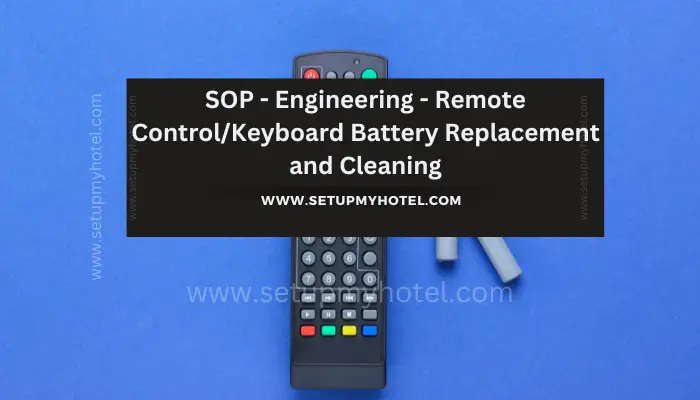
Remote Control/Keyboard Battery Replacement and Cleaning Remote controls and keyboards are common items found in hotel rooms, and they are ...
Read more
SOP – Engineering – Preventive Maintenance
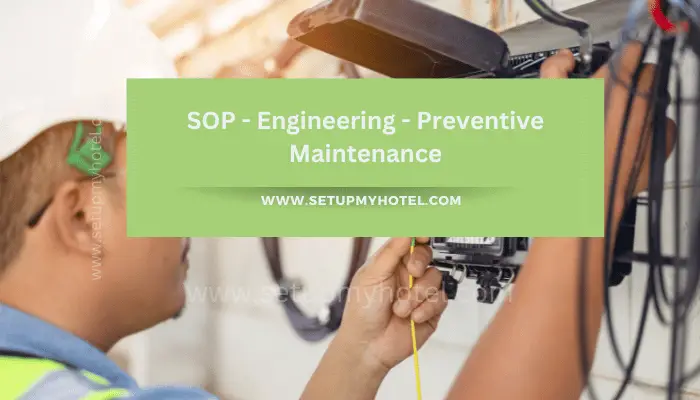
Standard Operating Procedure for Engineering Preventive Maintenance Preventive maintenance is an essential part of any engineering operation, as it can ...
Read more
SOP – Engineering – Ken Fixit
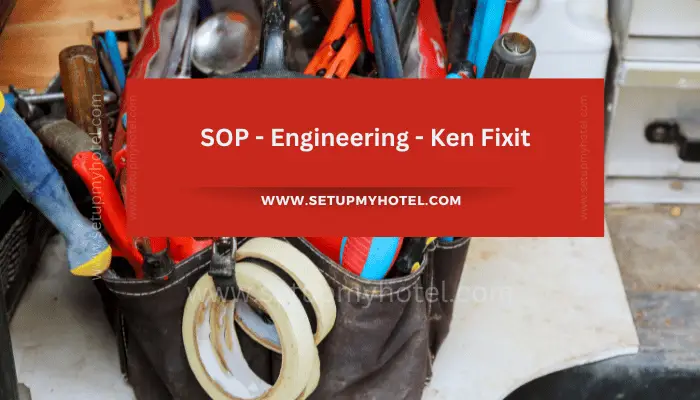
Standard Operating Procedure for Engineering – Ken Fix-It The Standard Operating Procedure (SOP) for Engineering under the supervision of Ken ...
Read more
SOP – Engineering – Boiler Operation
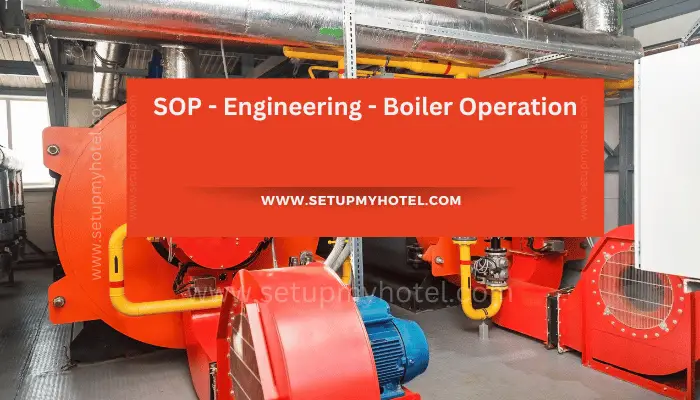
Standard Operating Procedure for Engineering Boiler Operation Engineering Boiler Operation Standard Procedure: The main purpose of the Boiler operation SOP ...
Read more
SOP – Engineering – Water Treatment Plant
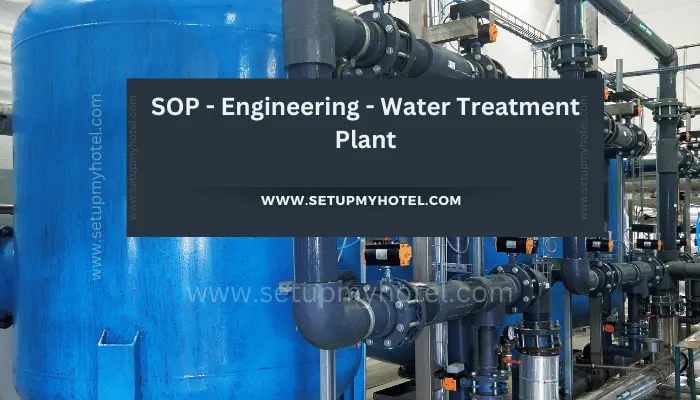
Standard Operating Procedure for Engineering Water Treatment Plant Water Treatment Plant Operation Standard Procedure: A Standard Operating Procedure (SOP) for ...
Read more
SOP – Engineering – Regeneration Of Softener (Water Softener Plant)
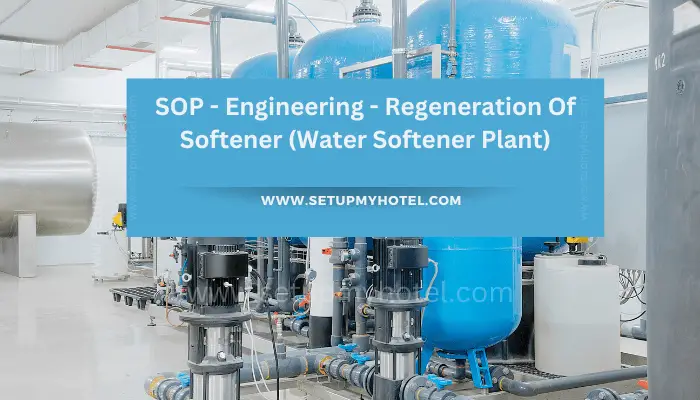
Standard Operating Procedure for Regeneration of Softener The SOP (Standard Operating Procedure) for Engineering regarding the regeneration of softeners in ...
Read more
SOP – Engineering – Checklist – Dish Washing Machine Maintenance
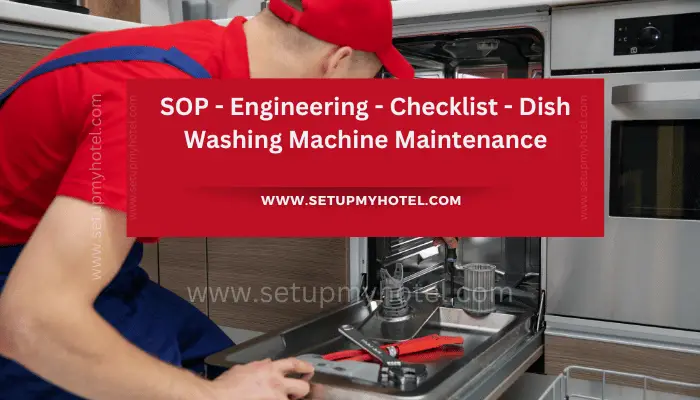
Standard Operating Procedure for Dish Washing Machine Maintenance Checklist To ensure that dishwashing machines run efficiently in hotels, it is ...
Read more









